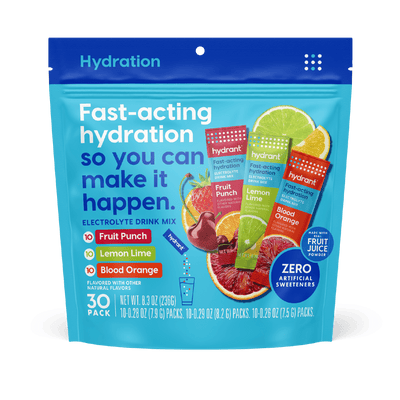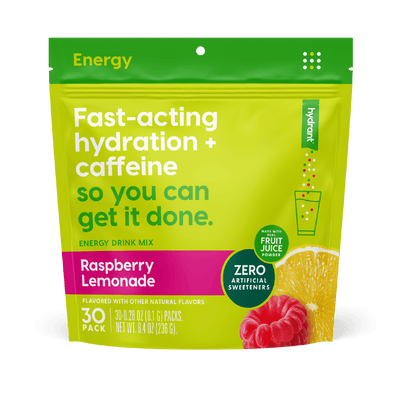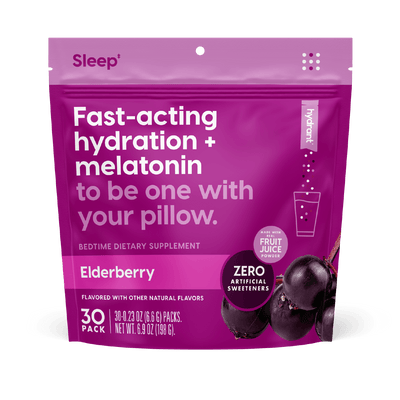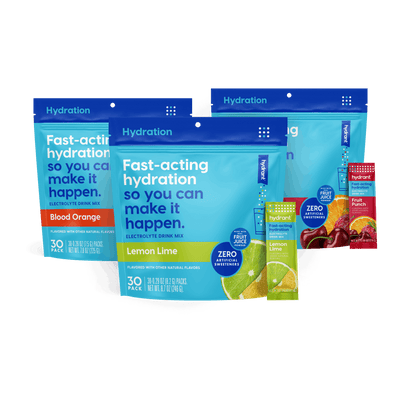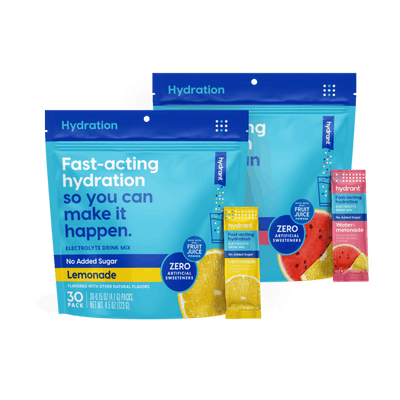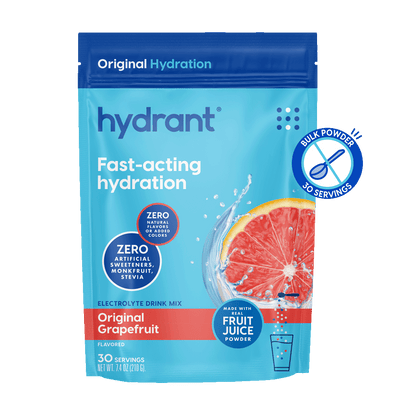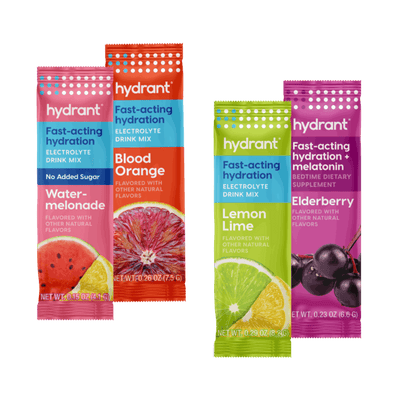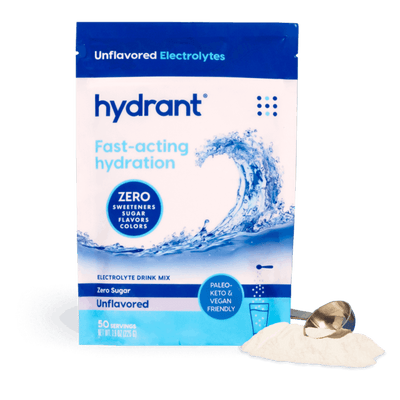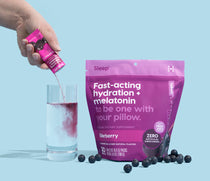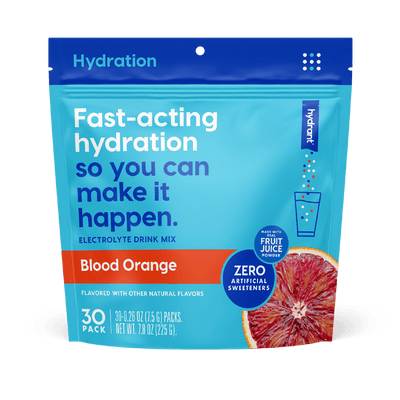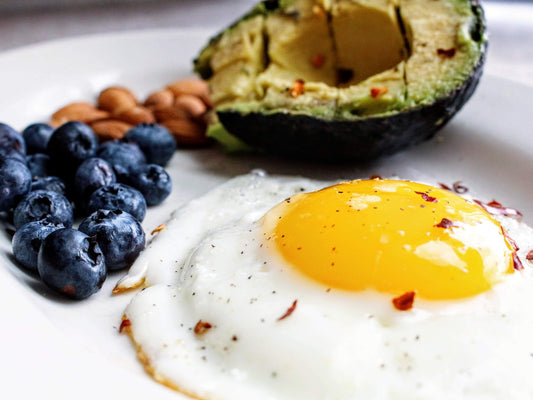The ketogenic diet (or “keto diet”) is one of the fastest-growing diet trends of the past decade. And while the approach can be great for weight loss (and may be an effective treatment for certain conditions like severe epilepsy), it also can make adherents feel awful—often because of a little-known electrolyte imbalance.
Why Keto Works — And is it Safe?
The high-fat, extremely low-carb diet is effective for weight loss for several reasons. Partly it’s because going keto puts your body in a state of ketosis, where your tissues burn fat for energy. (Normally, your body prefers to rely on blood glucose and stored glycogen, which are carbohydrate sources.)
But much of its weight loss efficacy stems simply from the fact that people eat less on the diet. Many find the foods they eat on a keto diet help them feel fuller for longer, and therefore they consume less. When you eat fewer calories than your body uses for an extended time span, a reduction in bodyweight will result.
To date, doctors haven’t found reasons to be concerned about the safety of a keto diet, but keto practitioners can run into issues with their electrolyte levels if they aren’t careful.
Is your routine dehydrating?
Are you concerned about your own hydration levels? Take the quiz below to find the best Hydrant for your hydration routine.
What Electrolytes Do You Need on a Keto Diet?
No matter what diet you are on, your body needs a balanced mix of several different minerals to be healthy. They include:
- Magnesium plays an important role in more than 300 enzymatic systems [2] within your body. Nerve function, energy production, protein synthesis, blood pressure regulation, and blood sugar control can all be affected by a magnesium electrolyte imbalance.
- Calcium is the most abundant mineral in your body, and vital to much more than bone health. Things like vascular contraction and vasodilation, which affect the flow of blood throughout the body, will be impacted when you have too little calcium [3]. A prolonged calcium deficiency can lead to a number of health issues, including dental problems, cataracts, and osteoporosis.
- Sodium plays a massively important role within the body, influencing fluid levels, blood pressure, and muscle contractions [4], just to name a few.
- Lastly, you may know potassium best by its presence in food sources like bananas. But you could think of potassium as the “yin” to sodium’s “yang.” This mineral works in conjunction with sodium on many of the same bodily functions. In fact, increasing potassium can help flush out excess sodium[4], which is why doctors often recommend hypertension patients up their potassium intake. Potassium also helps prevent or lessen the severity and duration of muscle cramps.
When you eat a diet that includes a variety of fruits, vegetables, and other whole foods, getting a sufficient amount of these electrolytes isn’t terribly difficult. But the low-carb diet approach taken by keto dieters can make this electrolyte balance tougher to achieve.
Why? First, many of the foods that are rich in these minerals are also rich in carbs. For example, those potassium-packed bananas. They also come with about 27 grams of carbs, which is more than half of the total number of carbs a keto dieter can eat in an entire day and expect to stay in ketosis.
 Second, when your body is running on few to no carbs, it starts to process electrolytes differently. It begins to produce less insulin. When insulin levels decrease, your kidneys begin to excrete more sodium. If you aren’t getting enough sodium through your diet, several other electrolytes can get out of whack too.
Second, when your body is running on few to no carbs, it starts to process electrolytes differently. It begins to produce less insulin. When insulin levels decrease, your kidneys begin to excrete more sodium. If you aren’t getting enough sodium through your diet, several other electrolytes can get out of whack too.
Often, what results is the dreaded “keto flu.”
How to tell if your electrolytes are too low

The keto flu is usually the result of dehydration and low electrolytes. What you’ll experience isn’t like typical flu symptoms. [5] Instead, keto flu can be marked by side effects like:
- Aches
- Cramping
- Fatigue
- Brain Fog
- Diarrhea
- Constipation
- General weakness
- Skin rash
Remember, if you’re having issues with your health, always talk to a doctor. If you are experiencing symptoms like these, you ought to make sure nothing else is going wrong.
But assuming the doctor does find that a keto diet-causes electrolyte imbalance is to blame, here are some of the steps you can take to fix it.
How to Get Electrolytes on Keto Through Whole Foods

Source: The American Council on Exercise [6]
There are many whole-food options available that will improve your electrolyte levels. For example, if you’re concerned about your sodium levels, you can increase your sodium intake by adding bouillon to your soups or sprinkling salt on meals or raw vegetables. Some take salt as a shot when they feel an extra boost might be needed.
If you think a magnesium deficiency might be the issue, you can eat more fish like salmon, or snacking on pumpkin seeds, or use dark chocolate or cacao powder in your (keto friendly) desserts. In addition, salad greens are a great way to get more magnesium.
Finally, potassium isn’t just in bananas. You’ll find it in on-plan foods like avocados and nuts, especially almonds. Here again, fish and dark leafy greens like spinach are good options.
Still Need a Boost? What to Do If Your Electrolytes are Low
If you’ve made whole food changes and are still looking to boost your electrolytes, you can use electrolyte supplements (like Hydrate No Added Sugar), or more specifically magnesium supplements or potassium supplements, in order to keep your levels up.
As always, speak with a doctor before taking new supplements and always make sure your supplement has been independently tested to ensure quality and correctly listed ingredients. NSF Certified for Sport is a reliable mark of quality to look for, even if you’re not an athlete, because it rates supplements on purity and consistency.
A midway point between a whole-food-only approach and using supplements would to add an electrolyte drink that’s low in sugar. Such a drink can increase your daily electrolyte intake without putting you over your target daily intake for carbs.
Resources
[1] Campos, Marcelo MD. “Ketogenic diet: Is the ultimate low-carb diet good for you?” Harvard Health Publishing, Harvard Medical School https://www.health.harvard.edu/blog/ketogenic-diet-is-the-ultimate-low-carb-diet-good-for-you-2017072712089
[2] Jahnen-Dechent, Wilhelm, and Markus Ketteler. “Magnesium basics.” Clinical kidney journal vol. 5,Suppl 1 (2012): i3-i14. doi:10.1093/ndtplus/sfr163 https://www.ncbi.nlm.nih.gov/pmc/articles/PMC4455825/
[3] “ Adelstein RS, Sellers JR. Effects of calcium on vascular smooth muscle contraction. Am J Cardiol. 1987 Jan 30;59(3):4B-10B. Review. PubMed PMID: 3028118. https://www.ncbi.nlm.nih.gov/pubmed/3028118
[4] Harvard Health Letter. “Potassium and sodium out of balance” Harvard Health Publishing, Harvard Medical School https://www.health.harvard.edu/staying-healthy/potassium_and_sodium_out_of_balance
[5] Harvey, Cliff J D C et al. “The use of nutritional supplements to induce ketosis and reduce symptoms associated with keto-induction: a narrative review.” PeerJ vol. 6 e4488. 16 Mar. 2018, doi:10.7717/peerj.4488 https://www.ncbi.nlm.nih.gov/pmc/articles/PMC5858534/
[6] Dolan, Shawn H. Ph.D. “Electrolytes: Understanding Replacement Options” ACE website. American Council on Exercise. https://www.acefitness.org/certifiednewsarticle/715/electrolytes-understanding-replacement-options/
